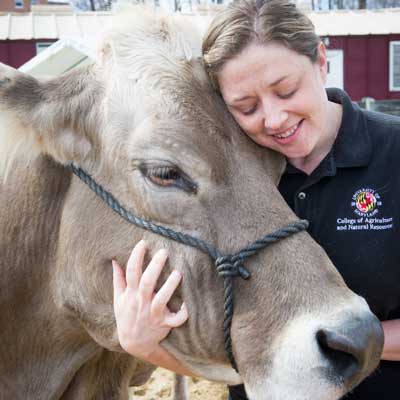Take a Stroll through AGNR's History

1856 - The Cornerstone College
Chartered as the Maryland Agricultural College on March 6, 1856, the College of Agriculture and Natural Resources is the cornerstone of the University of Maryland system, built upon a foundation of sound science, ground breaking research, and Maryland pride.
1862 - The Land Grant Act
In 1862, President Lincoln signed the Morrill Land Grant Act providing federal support for each state to develop a college to teach agriculture, mechanics and military tactics, and in 1865, state government officials chose Maryland Agricultural College as Maryland's Land Grant institution.
1887 - The Hatch Act
The Hatch Act created federal funding to establish Agricultural Experiment Stations, allowing scientists the off-site facilities to conduct research in agricultural and applied sciences.

1914 - The Smith-Lever Act
After noting the need to disseminate the knowledge from the university to the public, Congress enacted the Smith-Lever Act in 1914 which established Cooperative Extension throughout the state. AGNR's Extension program has faculty and staff in every county and Baltimore City, in Maryland.

Today
Through academics, research, and extension, the College of Agriculture and Natural Resources is a world-renowned institution on the forefront of innovation and education. From the classroom to the lab, to the farm, AGNR faculty and students make an impact in their field and in their communities.
A Snapshot of the Past and Present
The University of Maryland College of Agriculture & Natural Resources
Past

Present

The Student Body


Campus Cows


Research in the Greenhouse

